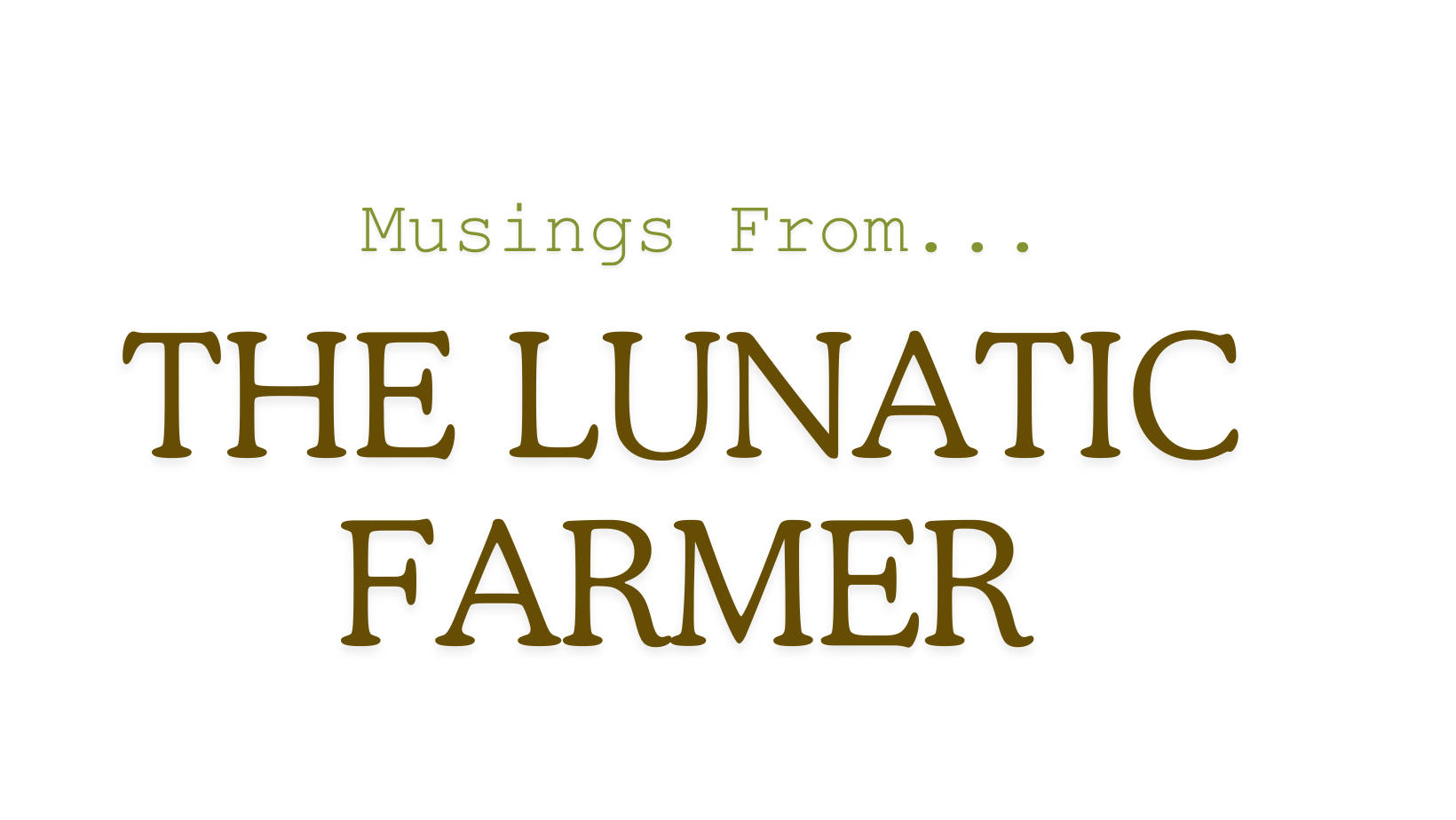OLD AND NEW
I'm on the Mediterranean on the Spanish island of Menorca, a favorite vacation spot for Europe. The 2,500 acre farm hosting me has a significant amount of beachfront and is a fairly new acquisition by a successful business couple.
Menorca is about 300 square miles with 100,000 inhabitants that doubles in population for 6 months with visitors. It was named a UNESCO Biosphere Reserve in 1993. At that time, its agriculture was primarily dairy for making artisanal cheese. But European Union food regulations finally ran all the dairies out of business. The island shifted to grain production. Now that's gone and the question is what's next.
About 83 percent of Menorca's GDP is hospitality. Agriculture is .8 percent. People come for the gentle breezes and overall cooler climate and of course the scenery. The current architecture and landscape was put together prior to the Crusades by the Moors. The farm I'm on, Son Felip, has 80 miles of dry-laid stone walls. The best artisans still maintaining those walls come from nearby Morocco.
This farm is trying to bring back livestock in a controlled grazing model like we do at Polyface, but the preservation regulations and the landscape get in the way. This is a perfect example of nostalgia running up against modernity.
Miles and miles of stone walls built in the 1400s are officially preserved, but are in the wrong places for fences. And what about water? I'm a huge fan of ponds, but ponds alter the landscape. Even though they are critical to heal the landscape and bring hydrologic functionality, they look different than the carved deep creeks that drained the initial swamps.
Running electric fence along a 600-year-old wall, granted, can be a shocking juxtaposition, but it's the best way to develop a functional soil-building protocol. And what about eggmobiles, chicken shelters, and gobbledygos? Dotting this landscape with those mobile protective structures would sure change the landscape.
So here we are, stuck. Interestingly, they didn't have a problem putting in a modern airport so tourists could come. I haven't done all the math yet with somebody who could help with the figures, but I'm confident that if the island supplied all the food it and the tourists consumed, it could have a thriving agricultural sector. But with roads built in the wrong place and unable to be changed and all the other preservation regulations it'll be a stretch for anyone to survive as the world moves to a different context.
One guy attending the conference is the 21st generation on his vineyard in Spain. He thinks it goes farther back, but this is all they have written records to prove. I asked him what that farthest proof year was, and it was 1497. Apparently his ancestor didn't make the crew for Christopher Columbus. Can you imagine that legacy? A piece of land in your family for 21 generations. Europe is amazing.
So it's old versus new. That's a tension in every facet of life and it's a struggle. Modernization, based on new information and new infrastructure, is not something you want to stop, but at the same time, stone walls are pretty awesome. I don't have an answer to this conundrum; I'm glad there's a place on the planet like this to come and see, but I'm sure glad I'm not hampered by stone walls and roads too narrow to get farm machinery through.
Do you think ponds and eggmobiles would shut down visitors to Menorca?
